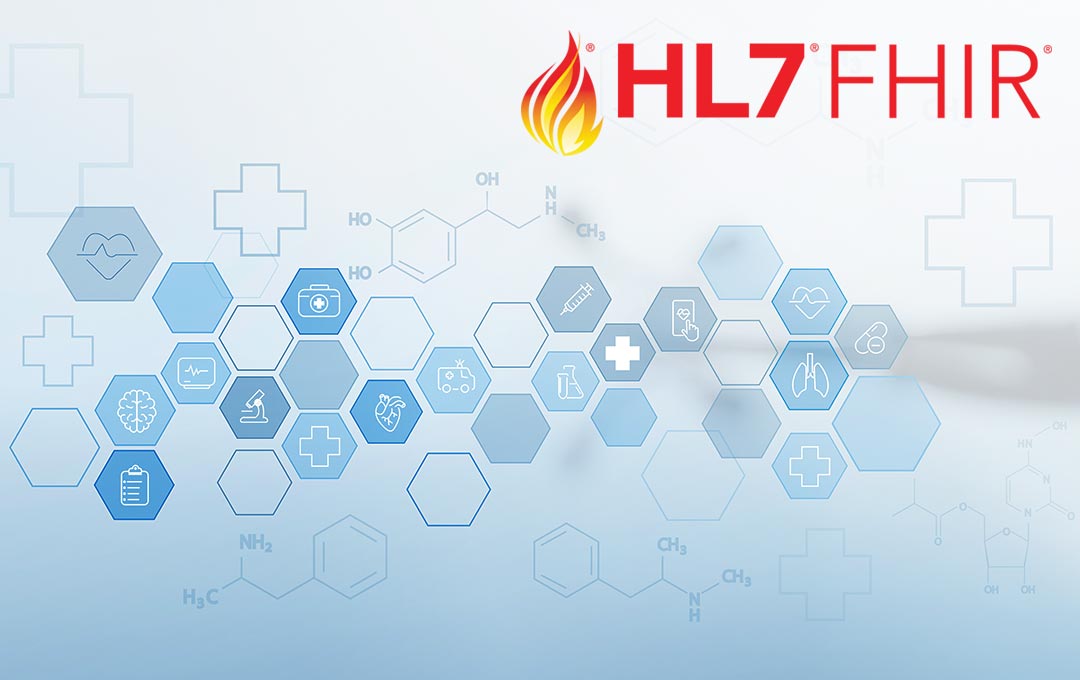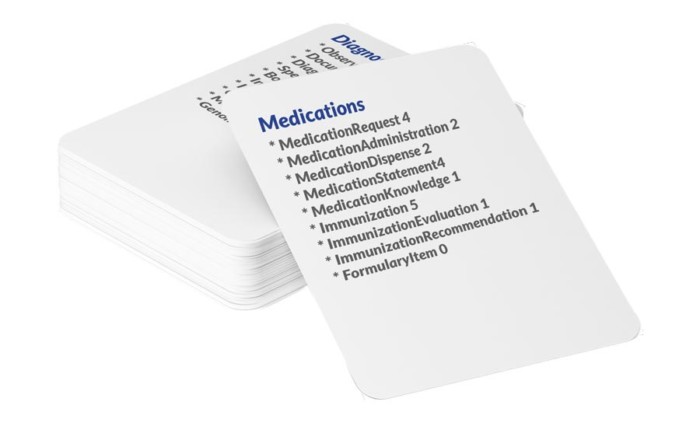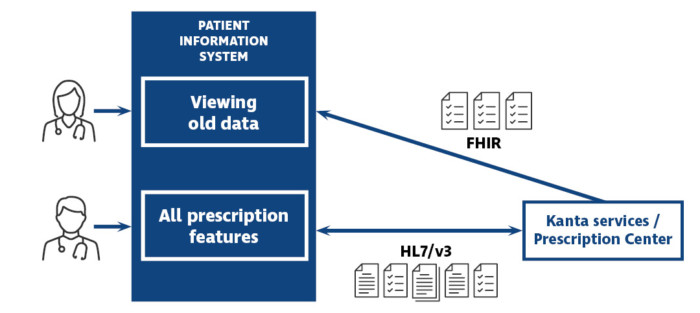
Implementing the FHIR standard in healthcare: why is gradual implementation the key to success?
The FHIR standard for healthcare interoperability is gaining popularity due to its numerous benefits. With the aid of the FHIR standard, social and healthcare information systems can be implemented gradually. Next, we describe some of the benefits of the FHIR standard.
FHIR, or Fast Healthcare Interoperability Resources, is a public standard for social and healthcare information systems and their integration. FHIR specifies resources corresponding to the concepts transferred in healthcare data exchange.
A standard that meets changing healthcare needs
All FHIR resources are freely available without any restrictions. The standard is international, which promotes system interoperability across national borders. This internationality enables both the development of new innovations and collaboration in the healthcare sector.
FHIR is easy to implement. Since the standard is based on the REST architecture, it is particularly compatible with, e.g., web applications and technologies and it works well in the cloud. It also enables mobile support, which is important, as services are nowadays mainly used with mobile devices.
FHIR is designed to meet the changing healthcare needs. FHIR is a comprehensive standard for healthcare data exchange, as it supports various types of healthcare data, including clinical, financial and administrative data. FHIR provides predefined universal concepts, such as organizational, perceptual and patient resources.
Since FHIR is a standard interface, the risk of supplier-dependency is smaller compared to a supplier-specific interface. In practice, this means that the customer or developers of the system are not tied to any specific system supplier.
Big bang vs. gradual implementation
The modernization of an information system’s internal information model typically requires major changes. However, since FHIR only concerns the interface, it is possible to only implement the resources required for the implementation of the subsystem. In other words, it is not necessary to build and implement everything at once. FHIR is very well suited for gradual implementation.

What makes FHIR special is its use case-specific minimum. For instance, only a handful of resources, such as “patient” or “appointment”, are needed for the appointment booking functionality.
Why is FHIR such a good option?
FHIR can process large amounts of data, and it can be used in various healthcare applications and settings. In practice, FHIR only concerns the data exchange interface, so it is possible that no changes have to be made to the data resources or storage solutions of the existing system.
Adapting to changes in the healthcare sector requires flexibility. In FHIR, it is possible to create profiles for expanding or limiting resources. FHIR does not define fixed restrictions on which profiles it can return, as resources related to various different profiles can be returned via the same interface. Extending the FHIR-compliant interface with new profile specifications does not require any changes to the interface layer.
Kanta Resepti interface and ERA
Kanta Services were originally implemented using HL7 v3 specifications, but they have been extended with new technologies. Identification information related to the Kanta Resepti service can be retrieved using either the traditional HL7 v3 interface or the new FHIR interface.
Atostek ERA enables quick and easy development of social welfare and healthcare systems and applications that use the data from those national services. The prescription functionality of the FHIR interface has been partially implemented in ERA. The figure below illustrates how FHIR’s features have been utilized in the Kanta Resepti interface.


Miika Järvinen
Lead Architect